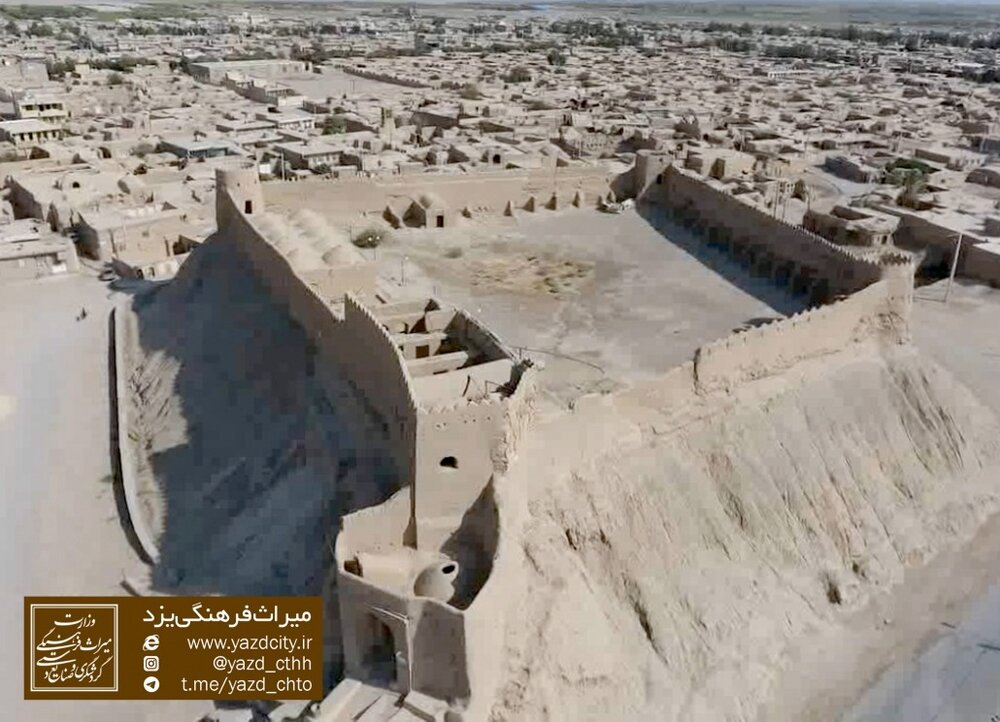INSUBCONTINENT EXCLUSIVE:
to a local tourism official, the ruined mudbrick fortress is estimated to date from the early Islamic era, IRIB reported.The restoration
work entails masonry to amend adobe bricks, arched ceilings, thatched roofs, and walls, as well as stone-paved floorings, Abbas Qadirian
said.The fort castle is built of clay and masonry materials and mud bricks
It has three circular towers in three corners
There is an entrance instead of a tower on the southwest side.The head of the castle is built on two floors, the roof of the first floor is
completely collapsed and only its bases are left
The highlight of the building and its aristocracy to the city and its attractions and views from far away and on entering Marvast is one of
the hallmarks of this building.In July 2017, the historical core of Yazd was named a UNESCO World Heritage
Wedged between the northern Dasht-e Kavir and the southern Dasht-e Lut on a flat plain, the ancient city enjoys a very harmonious
destination by almost all of its visitors
The city is full of mudbrick houses that are equipped with innovative badgirs (wind catchers), atmospheric alleyways, and many Islamic and
Iranian monuments that shape its eye-catching city landscape.Some say it is a living testimony to the intelligent use of limited available
resources in the desert for survival
Water is brought to the city by the qanat system
Each district of the city is built on a qanat and has a communal center.Furthermore, Yazd is home to numerous qanats which have supplied
water to agricultural and permanent settlements for thousands of years
The man-carved underground qanat system relies on snow-fed streams flowing down the foothills of surrounding mountains.AFM

